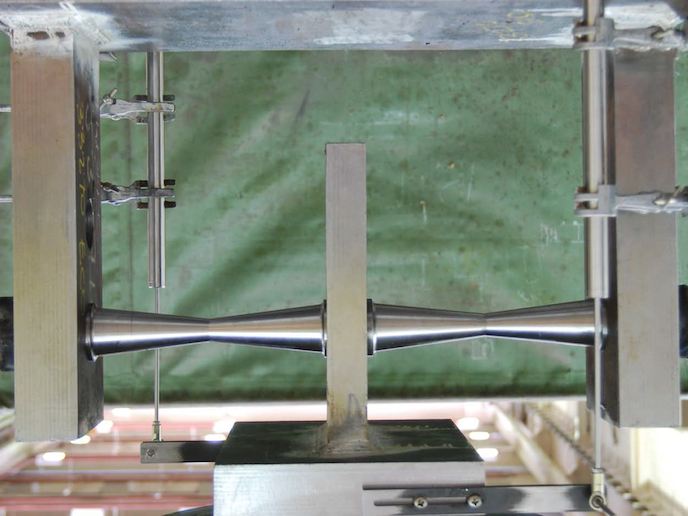Tailoring earthquake protection for ancient artefacts
Project researchers worked on the premise that displacement capacity in old buildings is more relevant than strength, particularly for properties such as flexibility, ductility and lightness. In addition, an appraisal of architectonic and artistic assets requires a reliable assessment procedure. Main PERPETUATE deliverables span a wide range in line with such an ambitious initiative. Case studies focused on buildings damaged during recent earthquakes, including the L'Aquila earthquake in 2009. The PERPETUATE website(opens in new window) incorporates a DVD that describes all relevant results achieved during the project, and selected items can be viewed on YouTube. One of the main thrusts of the project was to make the deliverables attractive and available to as wide an audience as possible. All the related technical documents are now available and can be downloaded. Reports on assessments for vulnerability of permanent ground displacement and on the formulation of vulnerability models are also available on the website. The survey form to collect relevant data for adopted models is part of the contents. All software packages are also downloadable. These include software for case studies, safety verification of seismic local mechanisms and programming connected to implementation of the vulnerability models. Historical structures such as the Ardinghelli Palaçe and St Pardo Cathedral in Italy; the Neoclassical School sited in Rhodes, Greece; the Great Mosque in Algiers and rural buildings in Slovenia provided material for case studies. A report on the methodologies that were applied and proposed as well as related software is also available. European guidelines developed by PERPETUATE for the seismic preservation of cultural heritage assets are based on three main steps. First, the seismic input is assessed, the seismic response is then described through modelling taking into account safety and conservation requirements and, lastly, rehabilitation decisions are taken. The complete set of PERPETUATE deliverables stands to deepen the steps and seismic assessment criteria as summarised in the guidelines. Preventive and periodic maintenance of cultural heritage buildings and artefacts in Europe and the Mediterranean should help preserve historic monuments in seismic areas.







